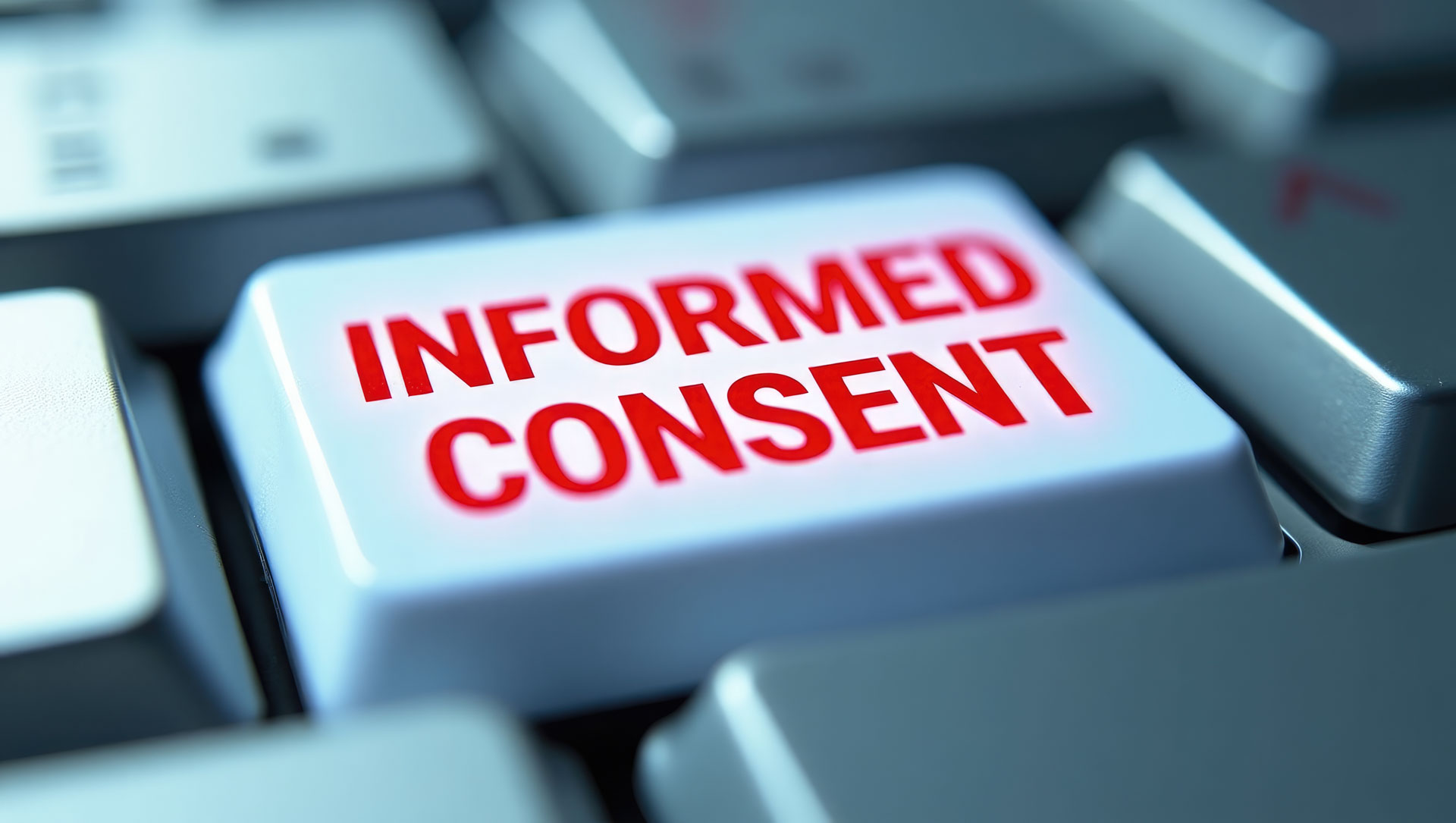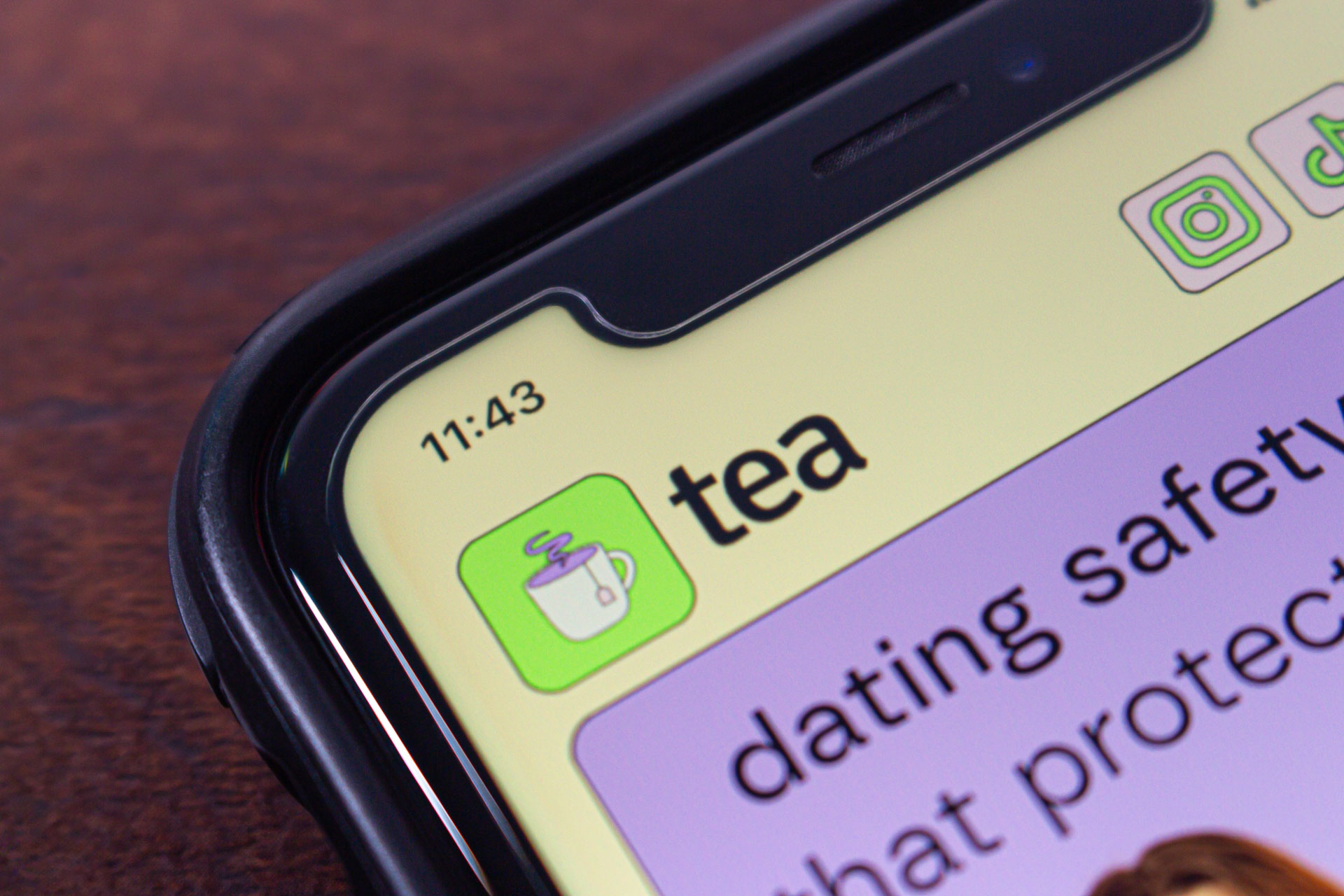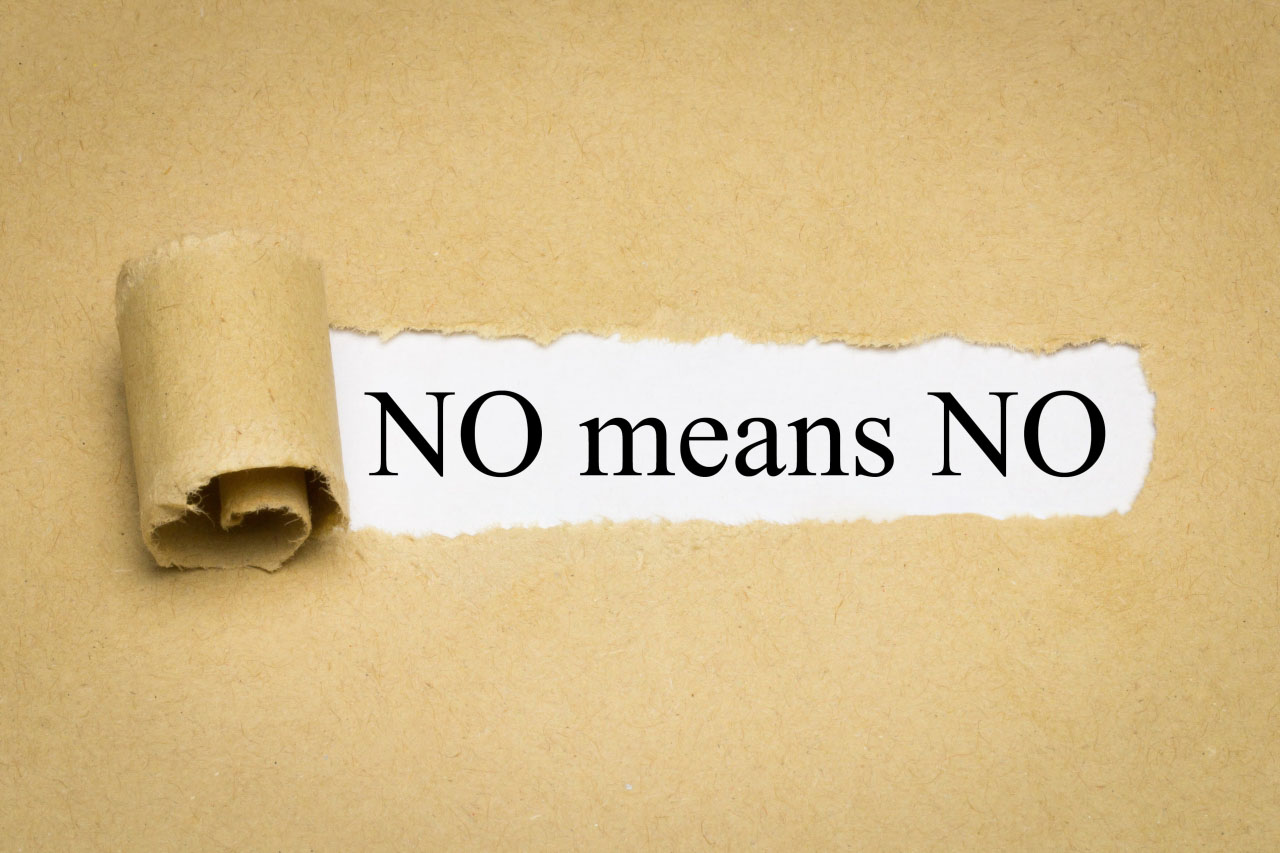The Foundation of Healthy Connection - Informed Consent

Sexual consent is more than a legal requirement - it’s a cornerstone of respect, safety, and human connection. In Australia, the conversation around consent has gained national focus, with public health campaigns such as Consent Can’t Wait and the Commonwealth Consent Policy Framework aiming to establish a shared language around what it truly means to give, receive, and respect consent.
But despite this growing awareness, confusion and misunderstanding still exist. What does it mean to “give consent”? When is it valid — and when is it not? How can we make sure conversations about consent are inclusive of everyone, including people with disability, neurodivergent individuals, and those with diverse communication needs?
Let’s explore what consent really is, why it matters, and how we can all promote a culture of safety and autonomy.
What Is Consent?
In Australia, sexual consent is defined as a free, voluntary, and informed agreement between people to engage in a sexual act. Consent exists only when all people involved actively want to participate — and clearly communicate that desire. It must be mutual, specific, and ongoing.
Consent is required for all forms of sexual activity, including:
- Sexual intercourse or physical touch
- Sharing or viewing intimate images
- Sexting, video calls, or online sexual activity
The Five Core Elements of Consent
According to the Australian Government’s framework, valid consent must be:
- Freely Given – There’s no pressure, force, manipulation, or intimidation.
- Informed and Clear – Everyone understands what they’re agreeing to.
- Active and Affirmative – Silence or hesitation does not equal consent.
- Ongoing and Mutual – Consent can change or stop at any point.
- Given by Someone with Capacity – Each person must be conscious, sober enough to make decisions, and of legal age.
These principles apply universally — regardless of gender, relationship status, or sexual orientation.
Why Consent Matters
Consent isn’t just about avoiding harm, it’s about empowering people to exercise autonomy, self-determination, and dignity. When people are respected and heard, relationships become safer, communication becomes clearer, and individuals feel more in control of their bodies and choices.
For people with disability, these conversations are even more important. Everyone has a right to explore identity, intimacy, and sexuality — and to have those experiences supported in safe, informed ways.
A Shared Responsibility
Creating a culture of consent begins with all of us -clinicians, educators, parents, partners, and peers. It means actively checking in, listening without judgment, and always respecting another person’s right to say “no,” “not now,” or “I’ve changed my mind.”
Learn in a space where your questions are welcome
Join live sessions or watch on demand — all created by professionals who understand the real-world challenges of exploring sexuality, identity and connection.
- Sexuality & identity
- Consent & communication
- Relationships & intimacy
- Confidence & self expression
- Disability & sexual wellness
- Support & education for carers



